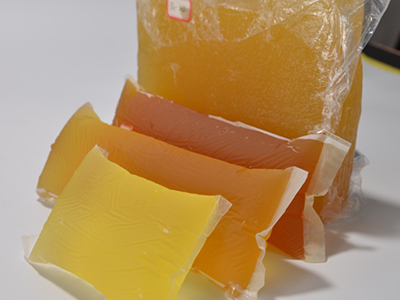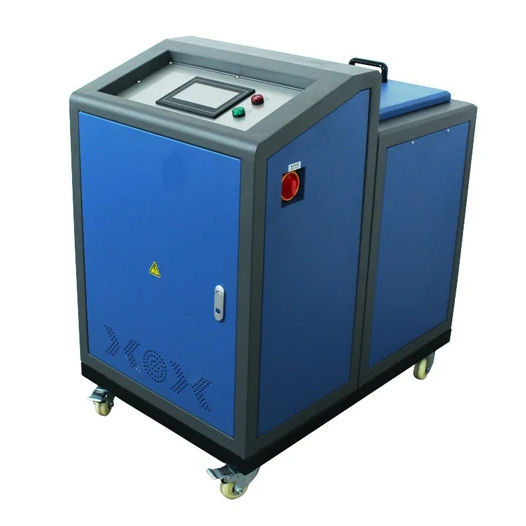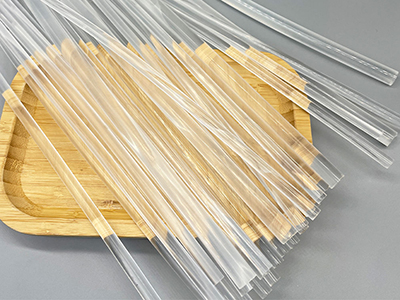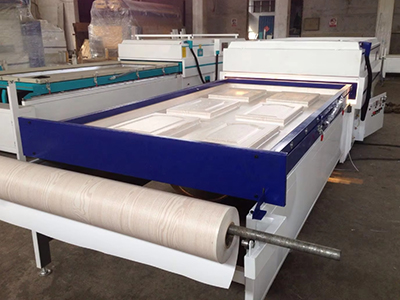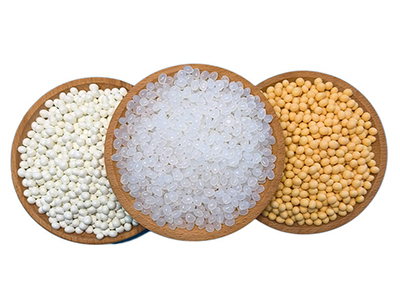Title: “Our Guide to How Hot Melt Glue Works: The Process Behind the Adhesive”
Content Structure:
Introduction
Hot melt glue is a widely used adhesive known for its fast-setting properties and versatility. But how does this fascinating adhesive actually work? In this guide, we’ll walk you through the key steps in the hot melt glue process and explore the science behind how it forms a strong bond.
The Basics of How Hot Melt Glue Works
Hot melt glue, as the name suggests, is a thermoplastic adhesive that becomes molten when heated and solidifies as it cools. This unique feature allows it to form strong bonds on a variety of surfaces. Here’s a closer look at how it works:
- Heating and Melting
Hot melt glue is made up of a blend of polymers, resins, and waxes that are solid at room temperature. When you apply heat—typically using a hot glue gun or industrial glue applicator—the adhesive melts into a liquid. This makes it easy to spread and apply to surfaces. - Adhesion and Bonding
Once applied, the molten glue begins to cool and harden. During the cooling phase, the adhesive forms a bond by creating microscopic hooks and interlocking with the surface it’s applied to. The strength of this bond is due to the glue’s ability to fuse with the material, creating a tight connection. - Cooling and Solidifying
After the glue is applied, it cools rapidly, transitioning from a liquid to a solid. This fast solidification gives hot melt glue its quick-setting property, which is essential in industries where speed and efficiency are important.
Why Does Hot Melt Glue Work So Well?
The effectiveness of hot melt glue is attributed to the following properties:
- Thermoplastic Nature: As a thermoplastic, hot melt glue becomes soft and tacky when heated, allowing it to form a solid bond when cooled.
- Strong Surface Bonding: The glue can bond to various surfaces, including wood, plastic, metal, and fabric, thanks to its ability to spread and seep into tiny surface imperfections.
- Flexibility: Once solidified, the bond remains flexible, which helps hot melt glue endure stress and movement.
Conclusion
In essence, hot melt glue works through a simple yet effective combination of heat and cooling. When heated, the adhesive melts, spreads, and forms bonds with surfaces. As it cools, the bond solidifies, creating a strong, durable hold. Understanding the process behind how hot melt glue works can help you choose the right adhesive for your projects, whether you’re in manufacturing, crafting, or DIY.


